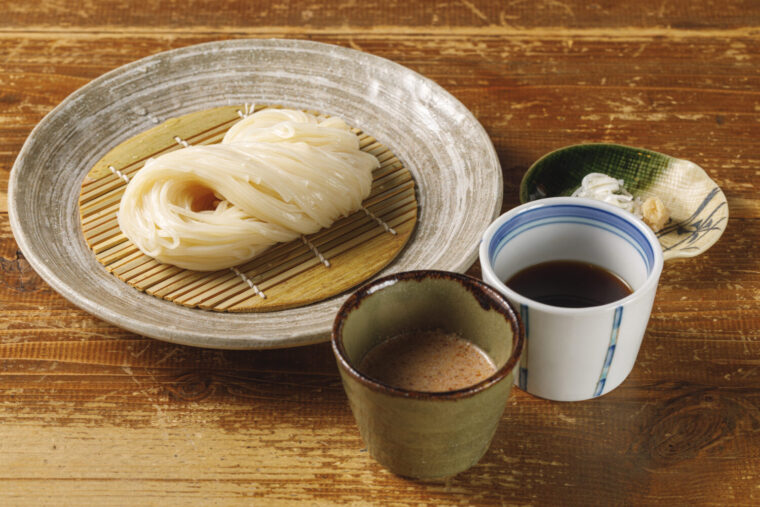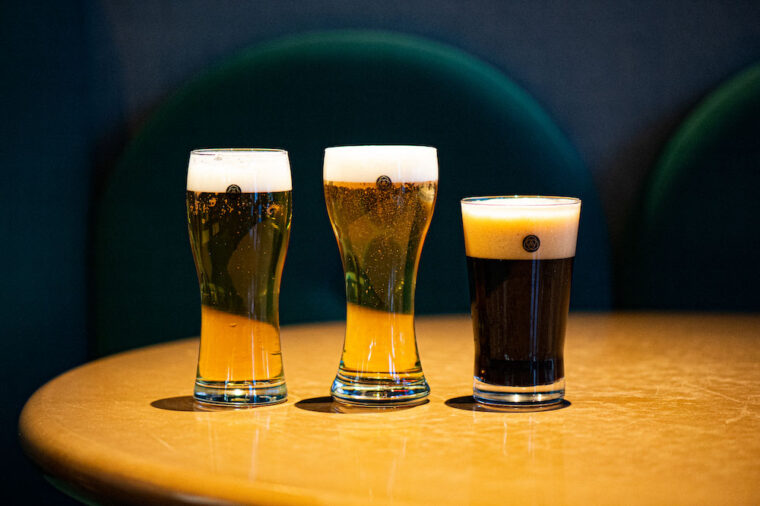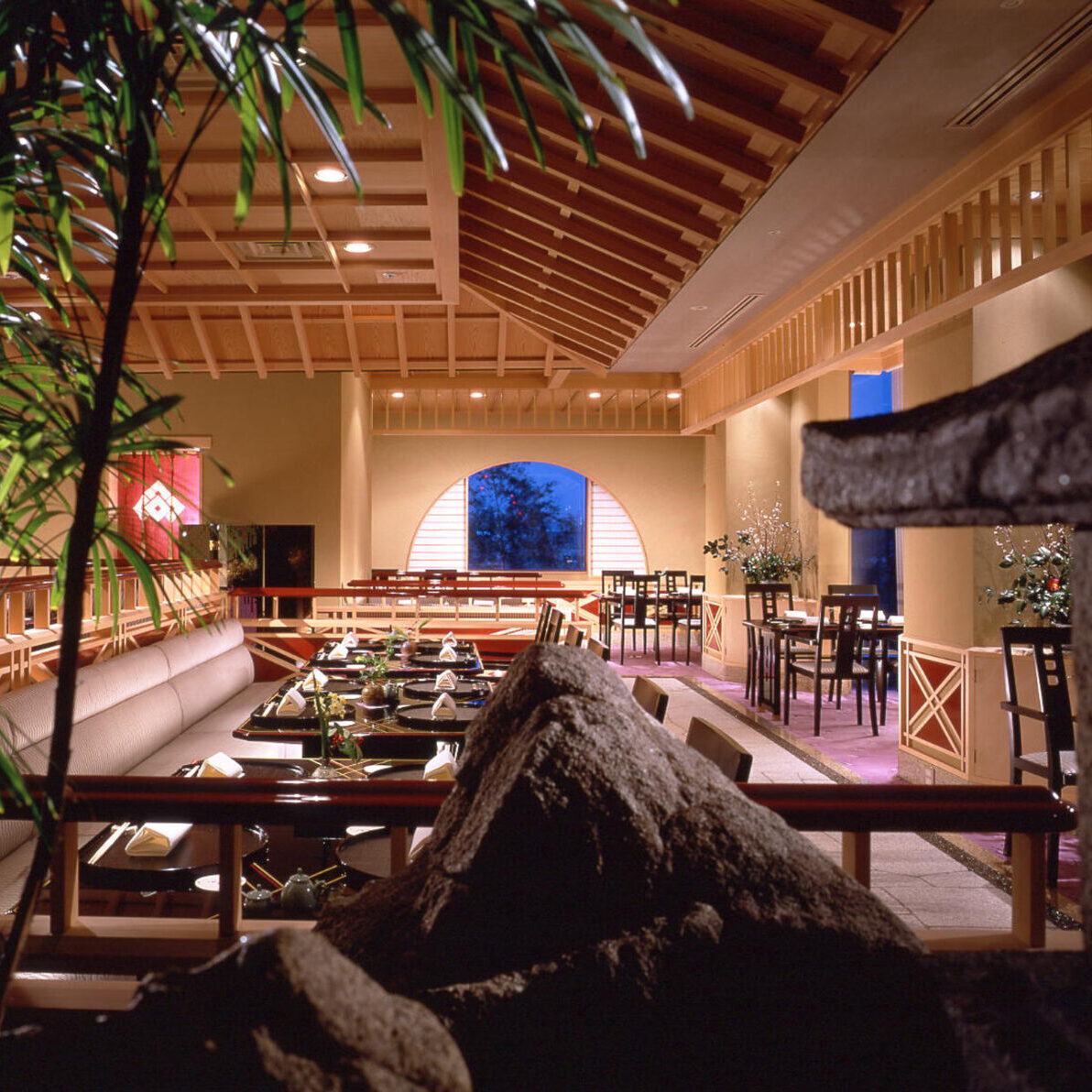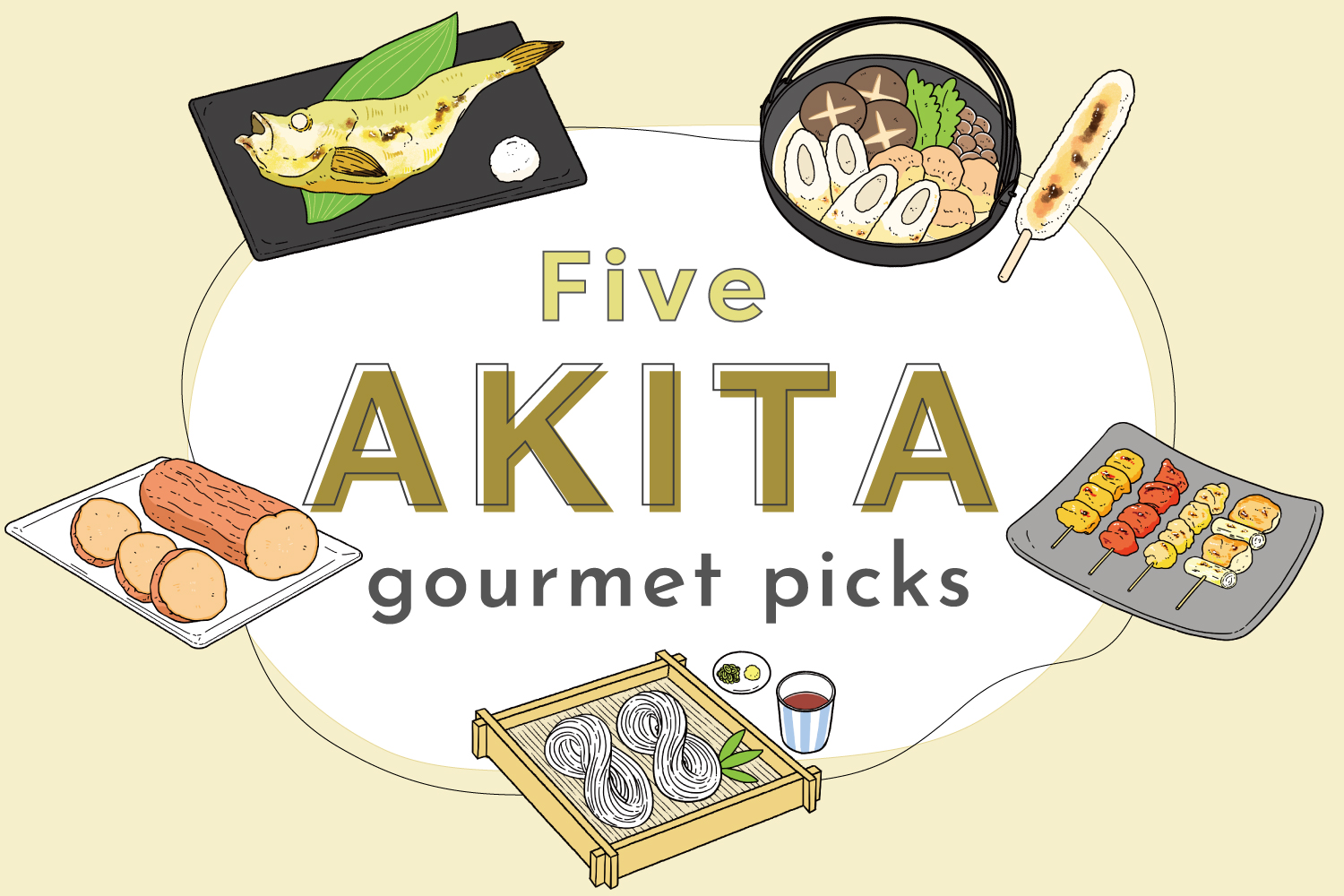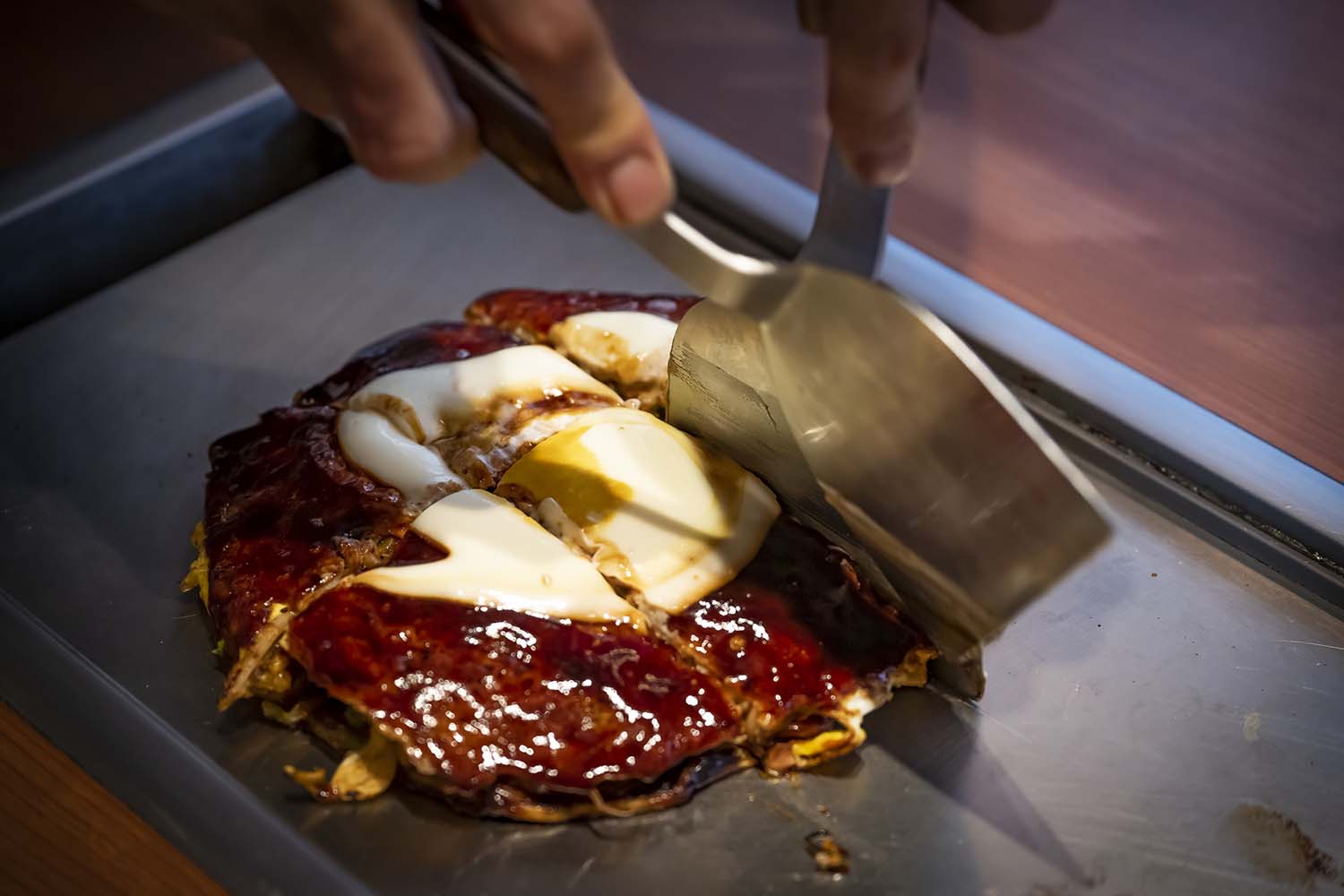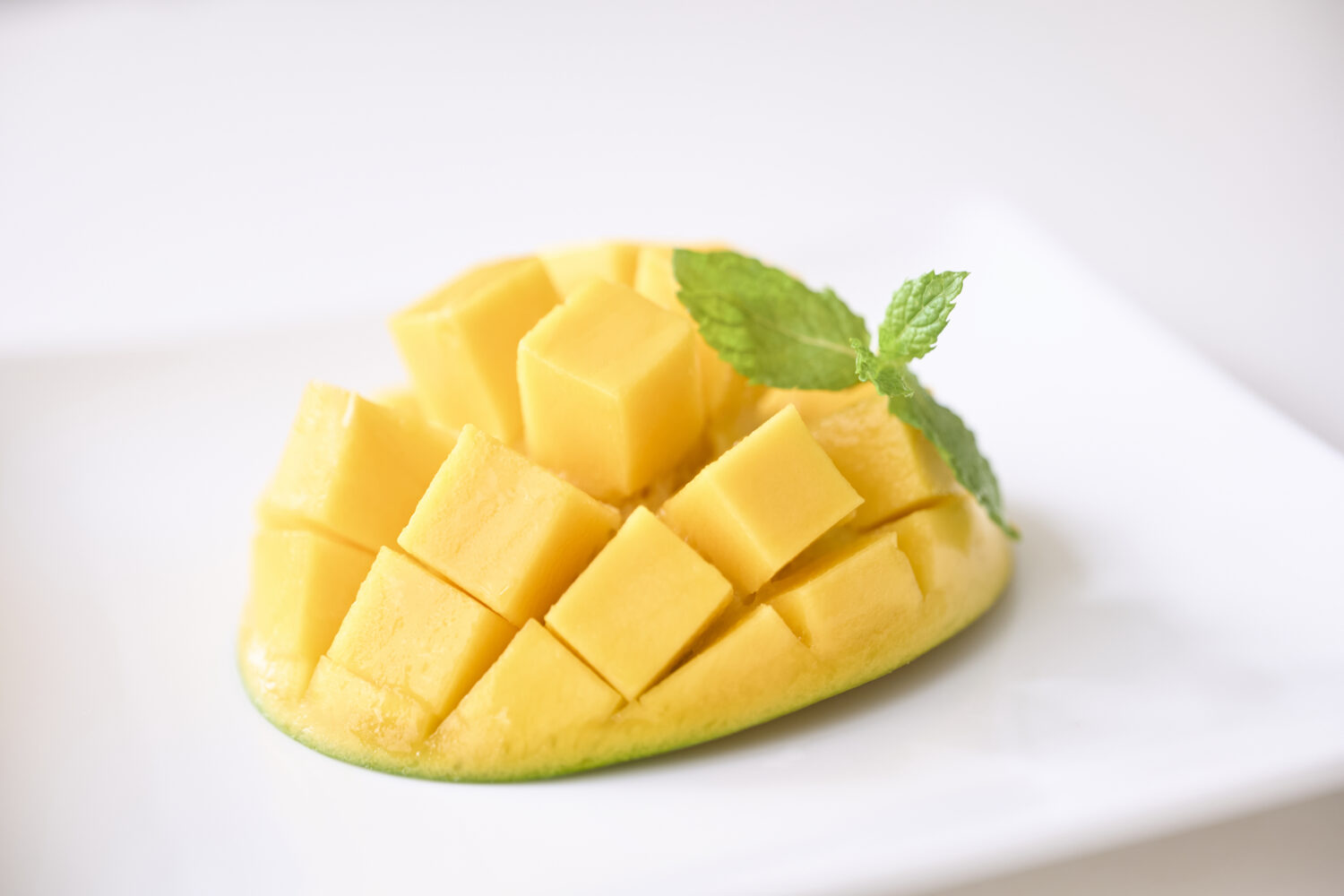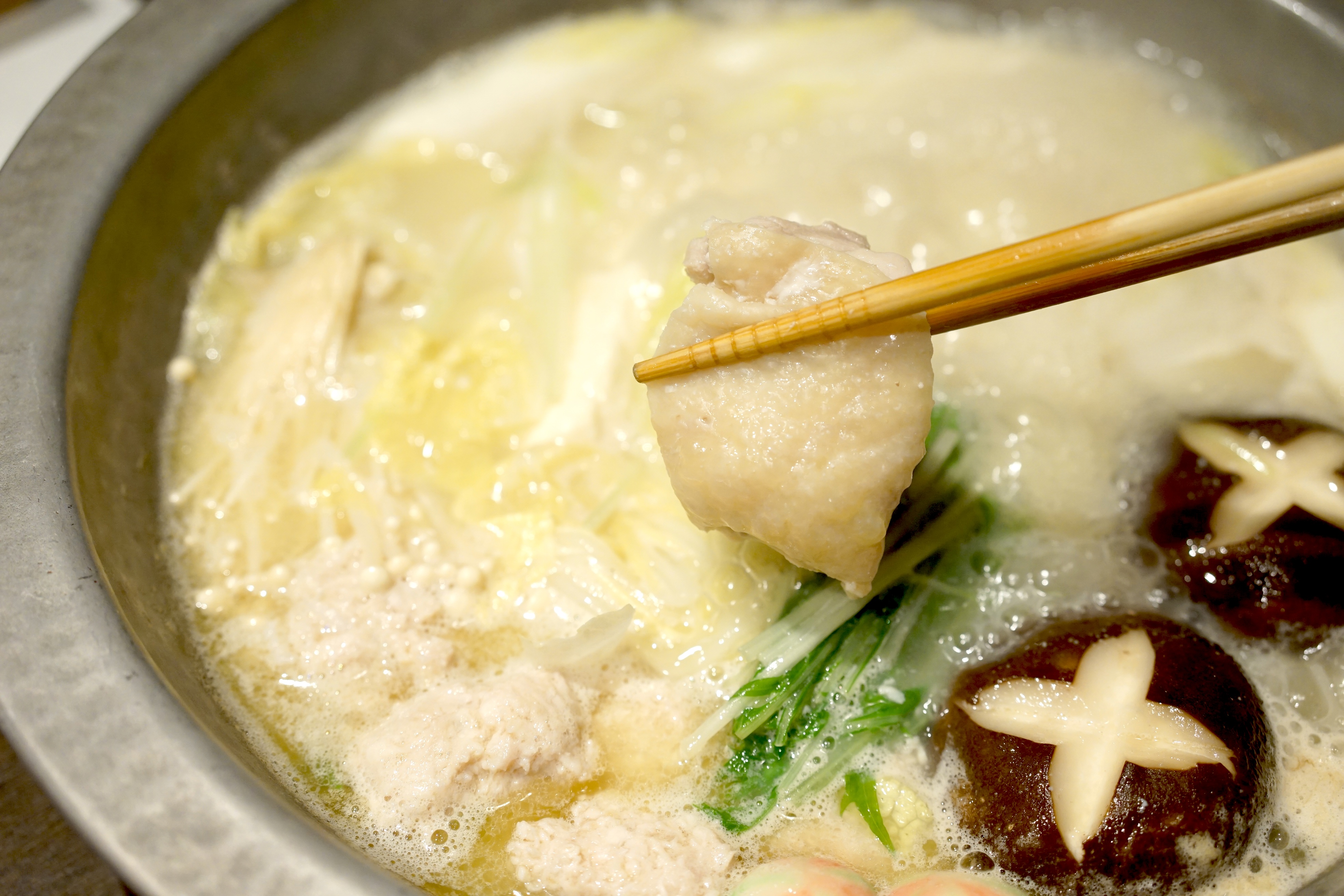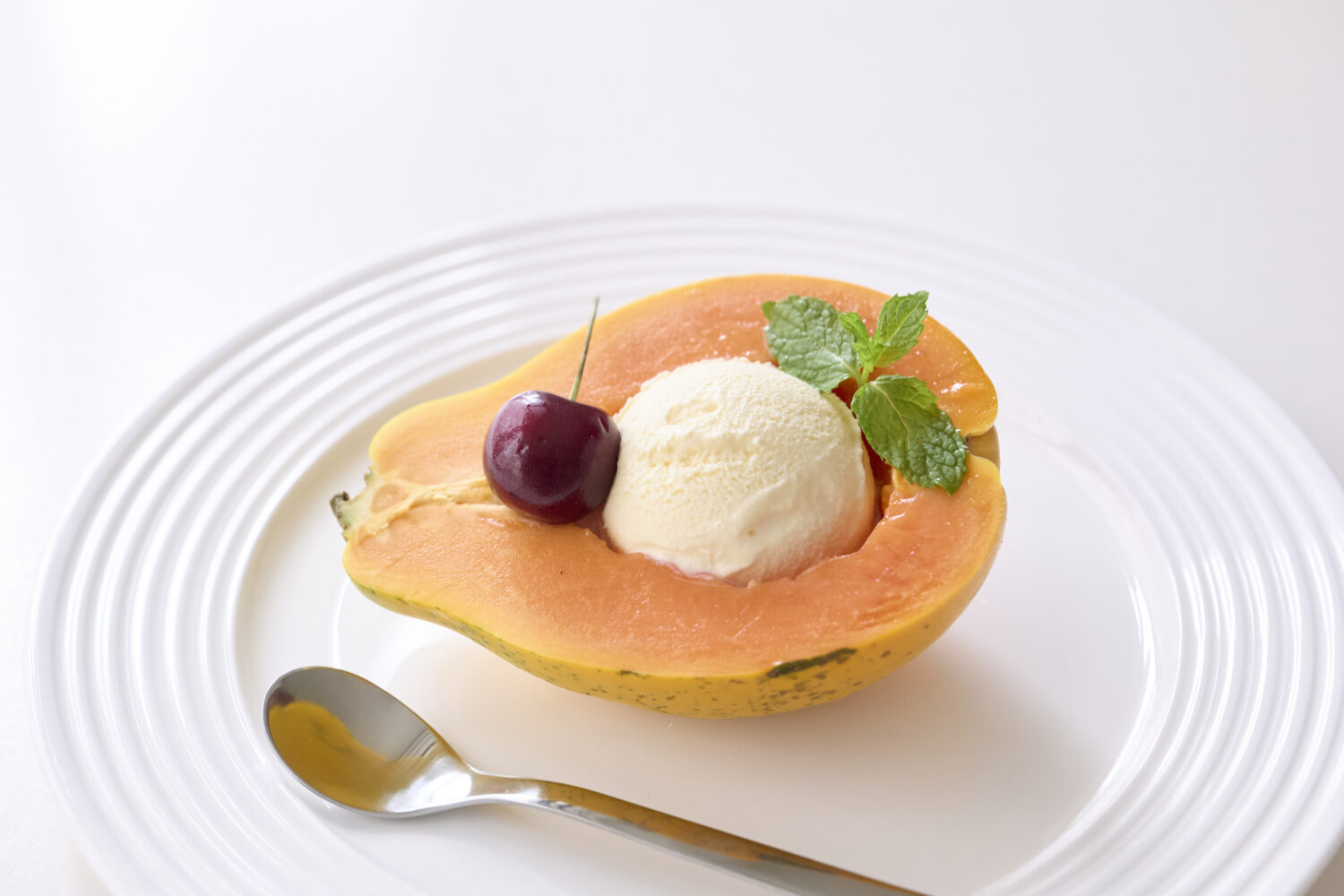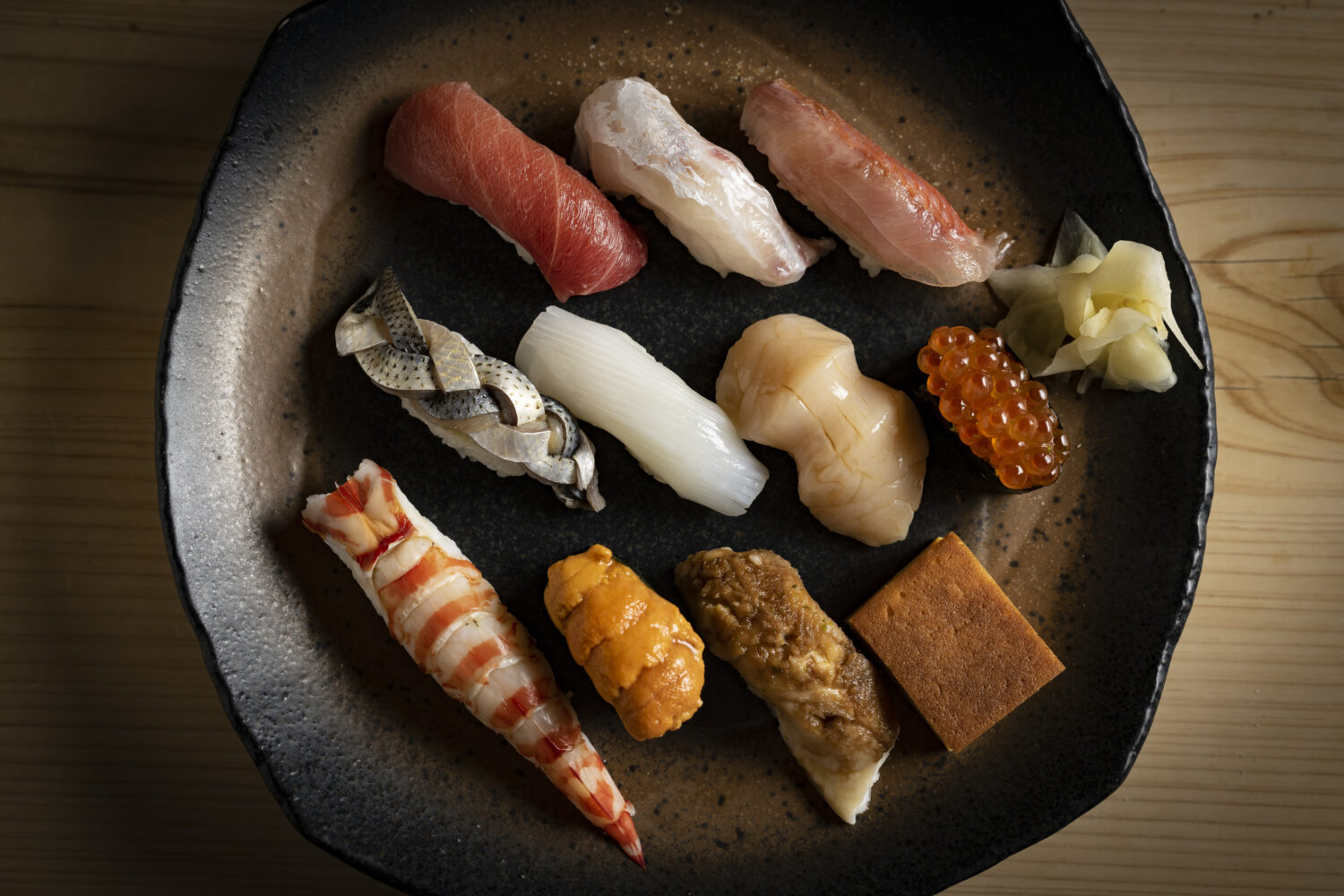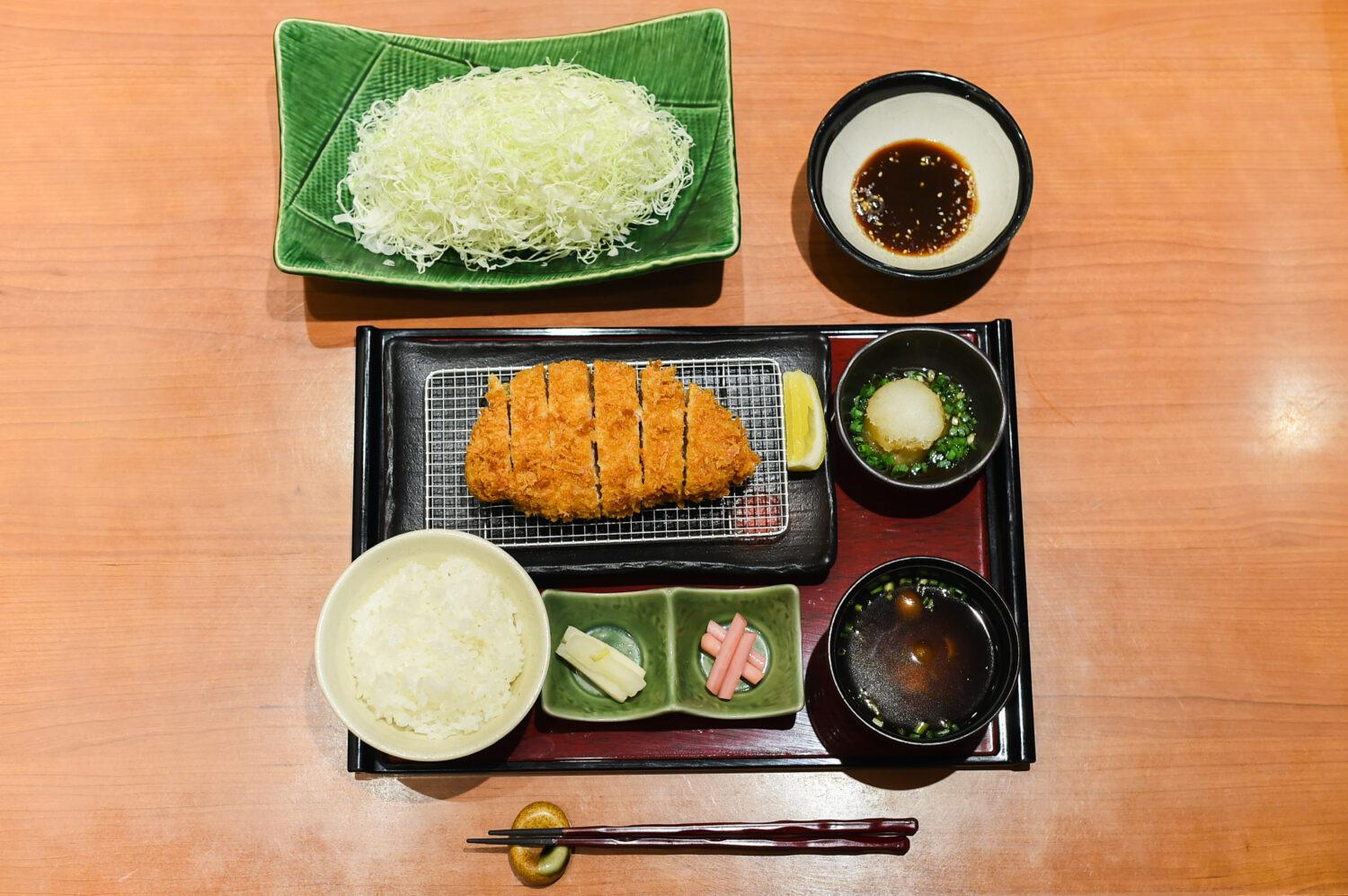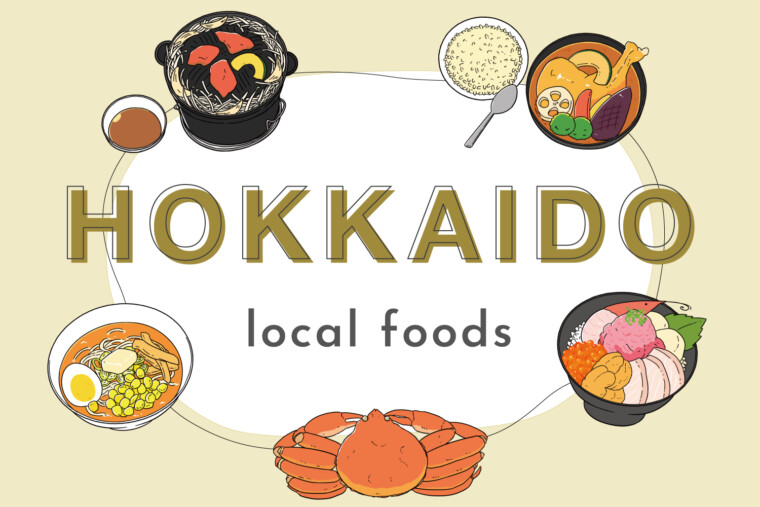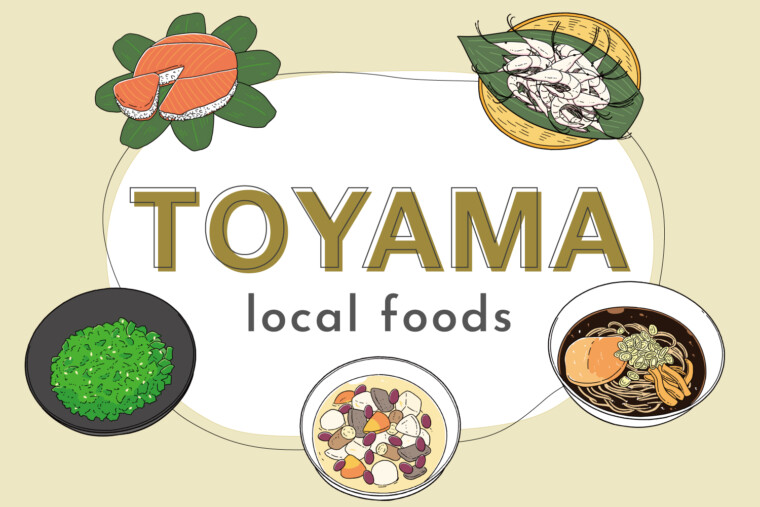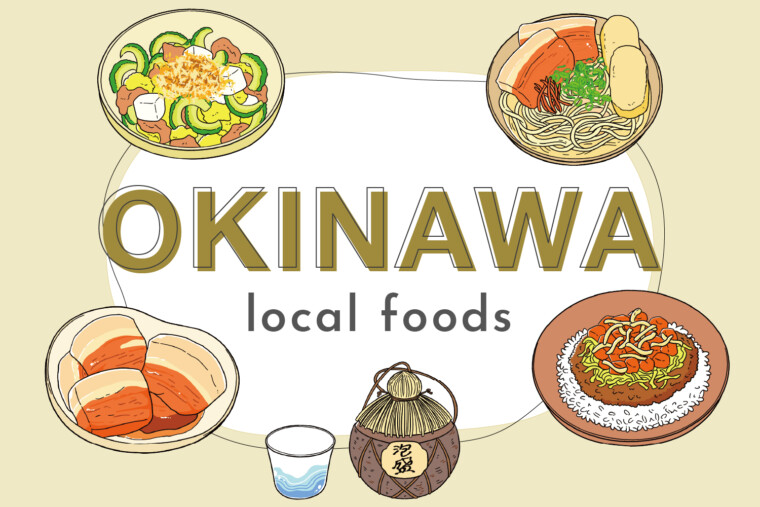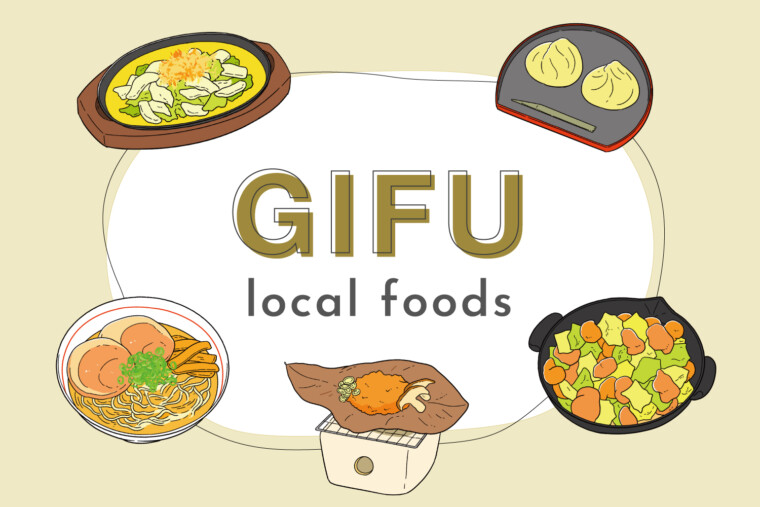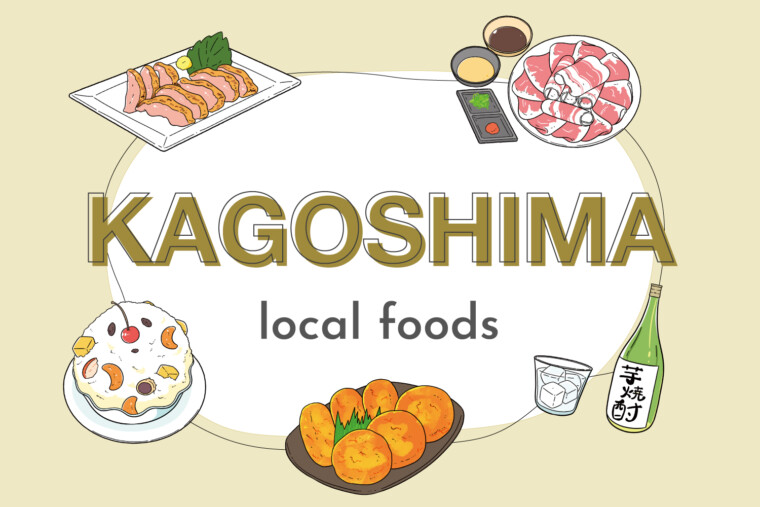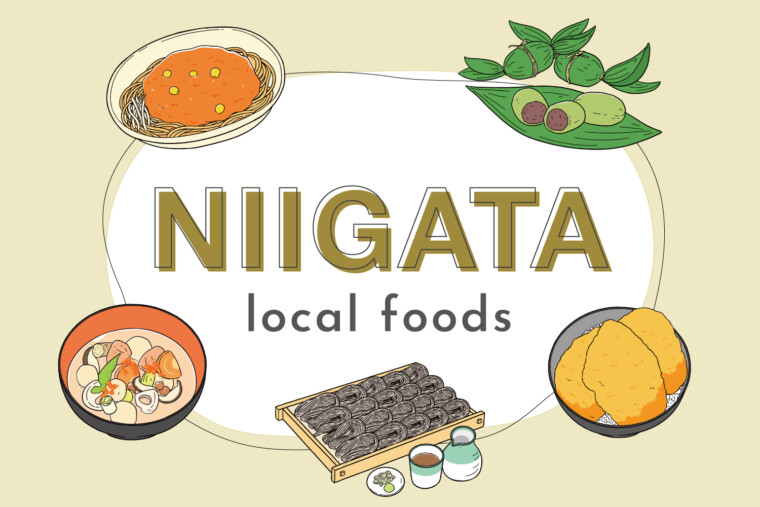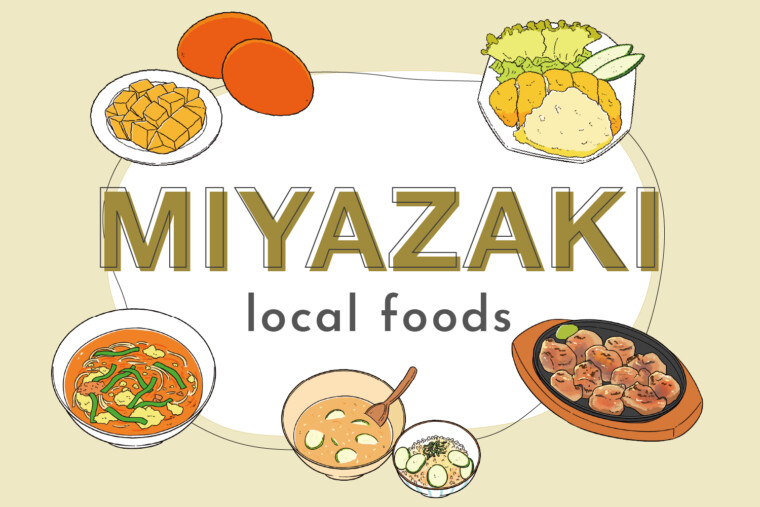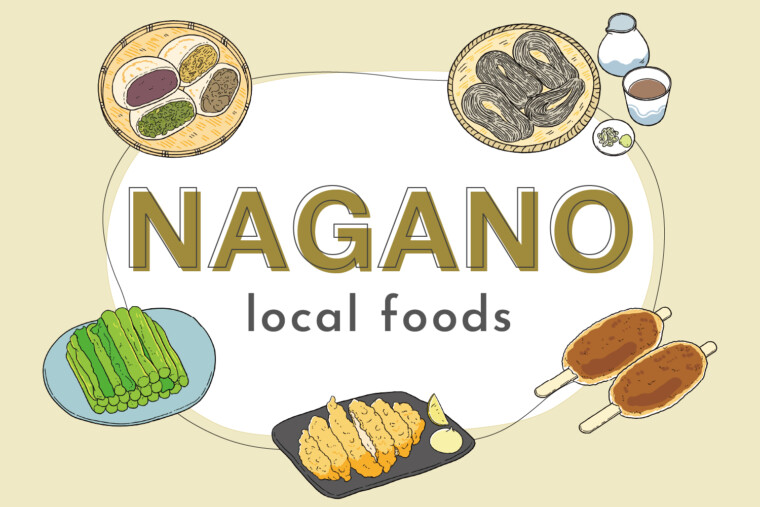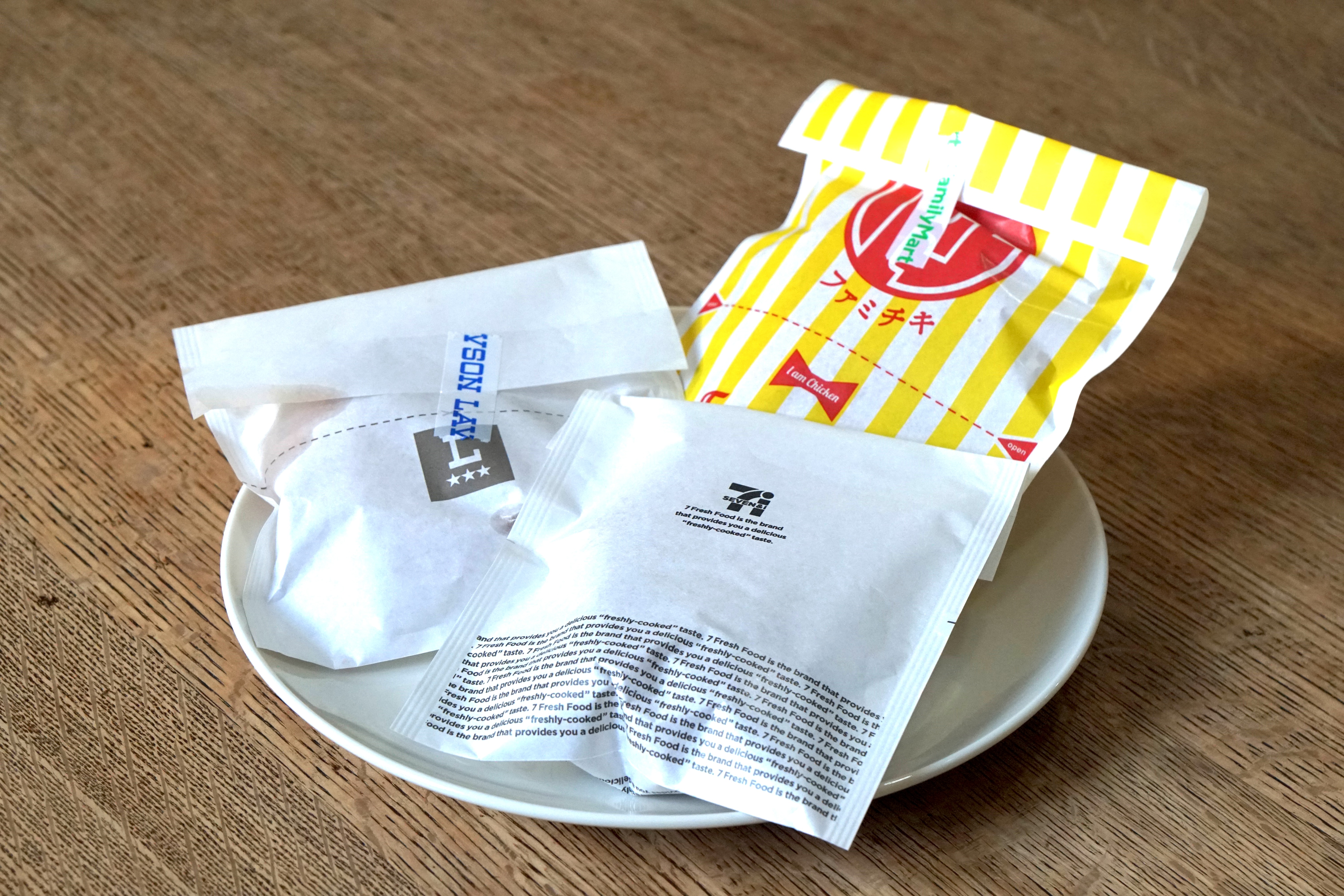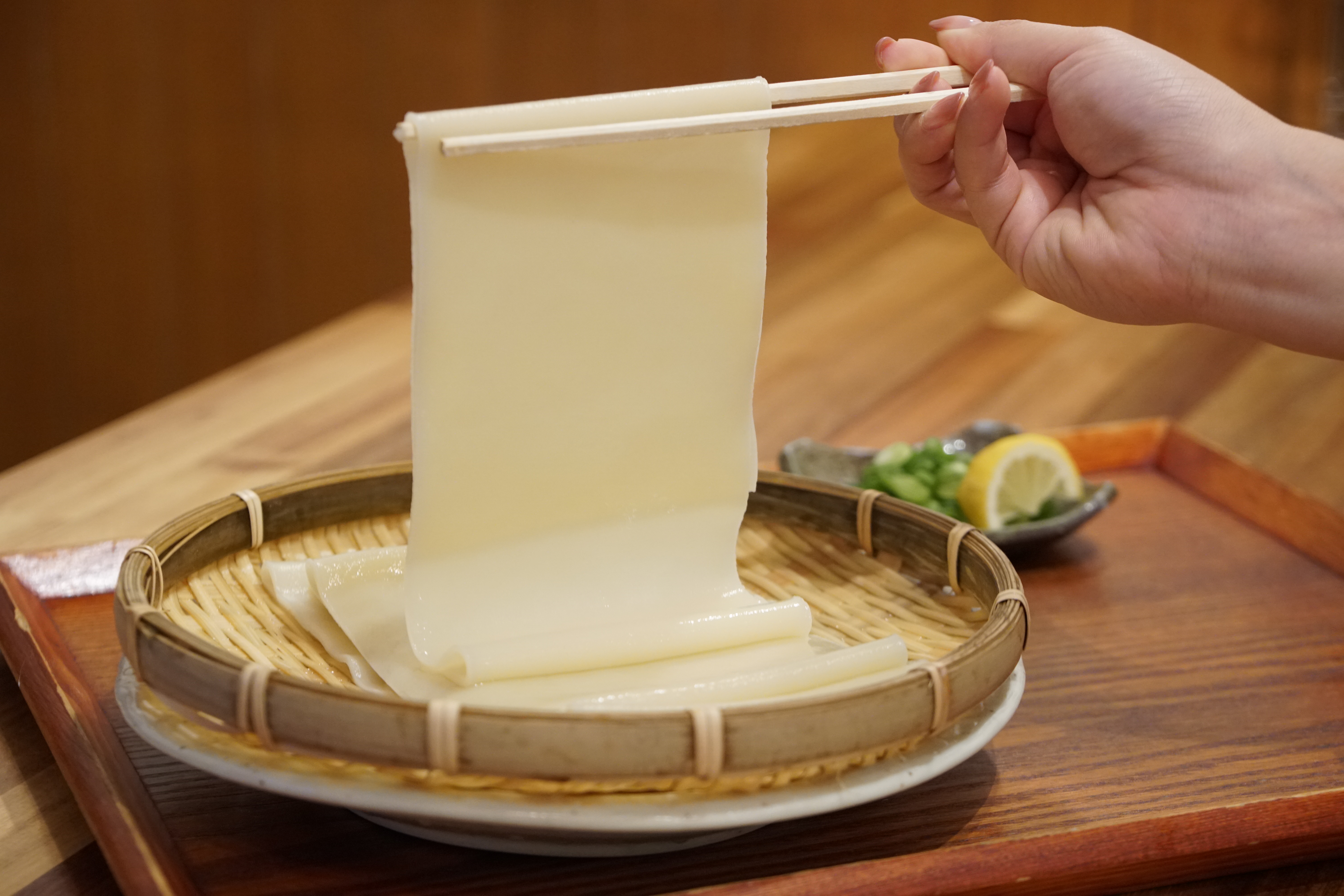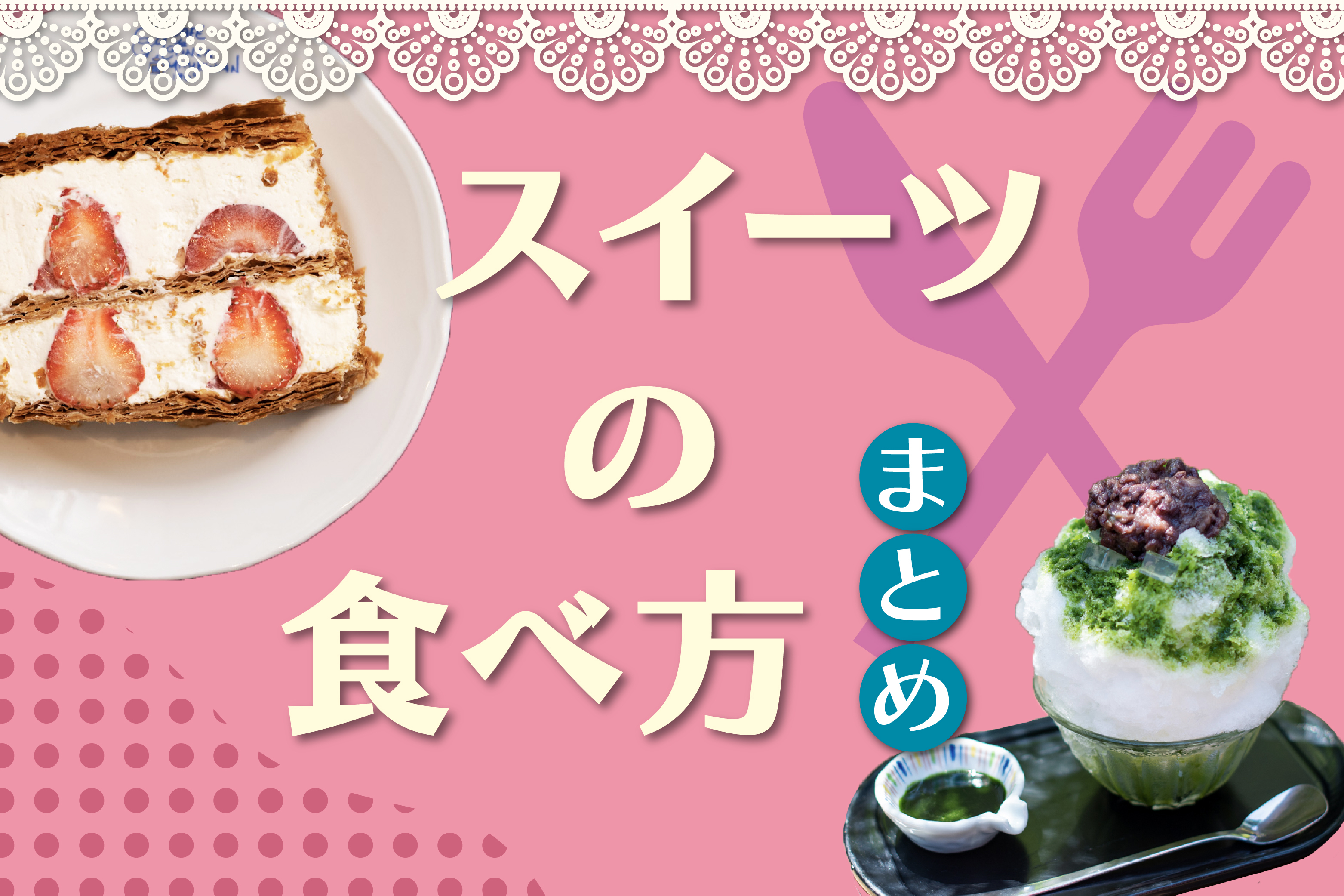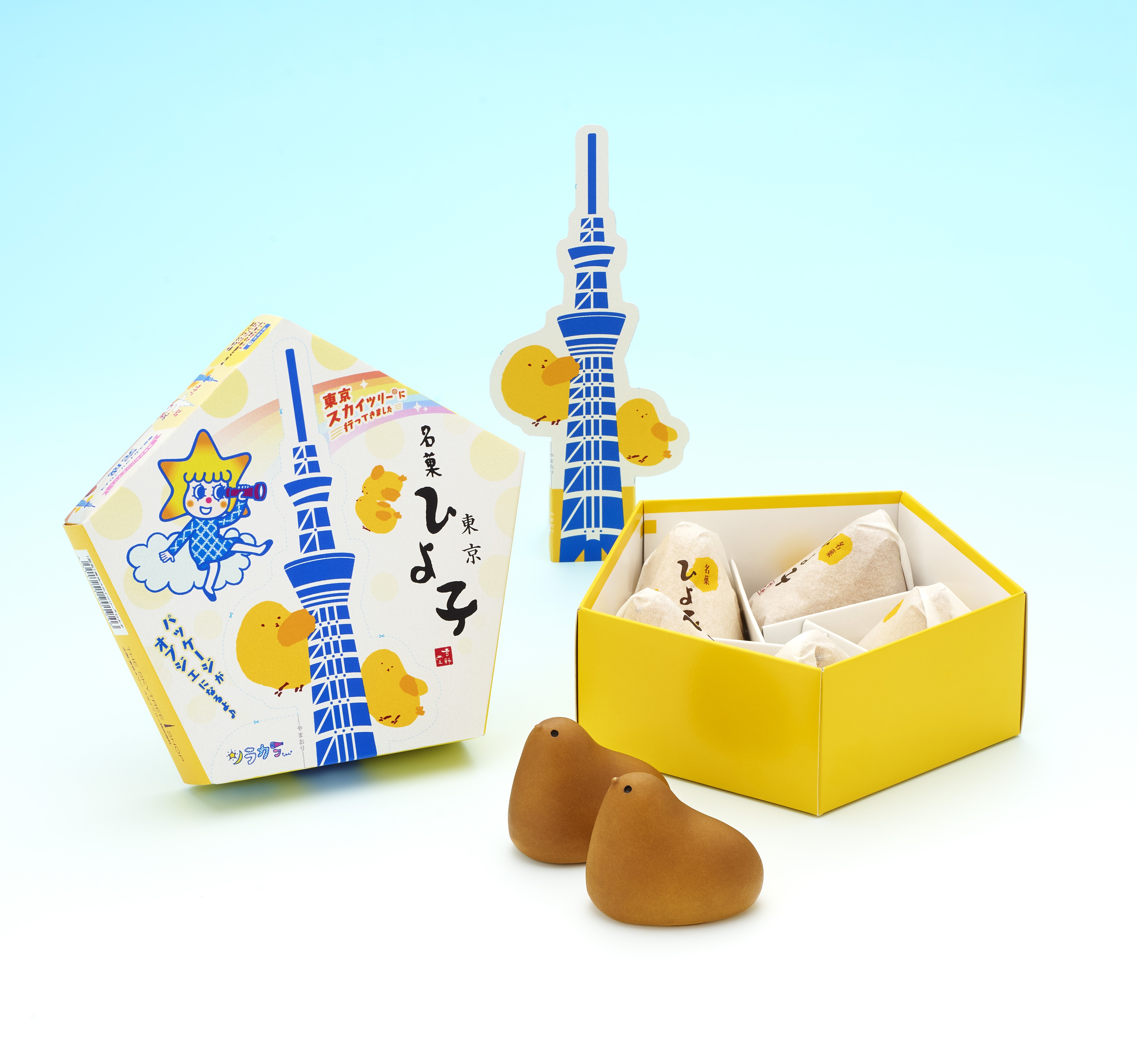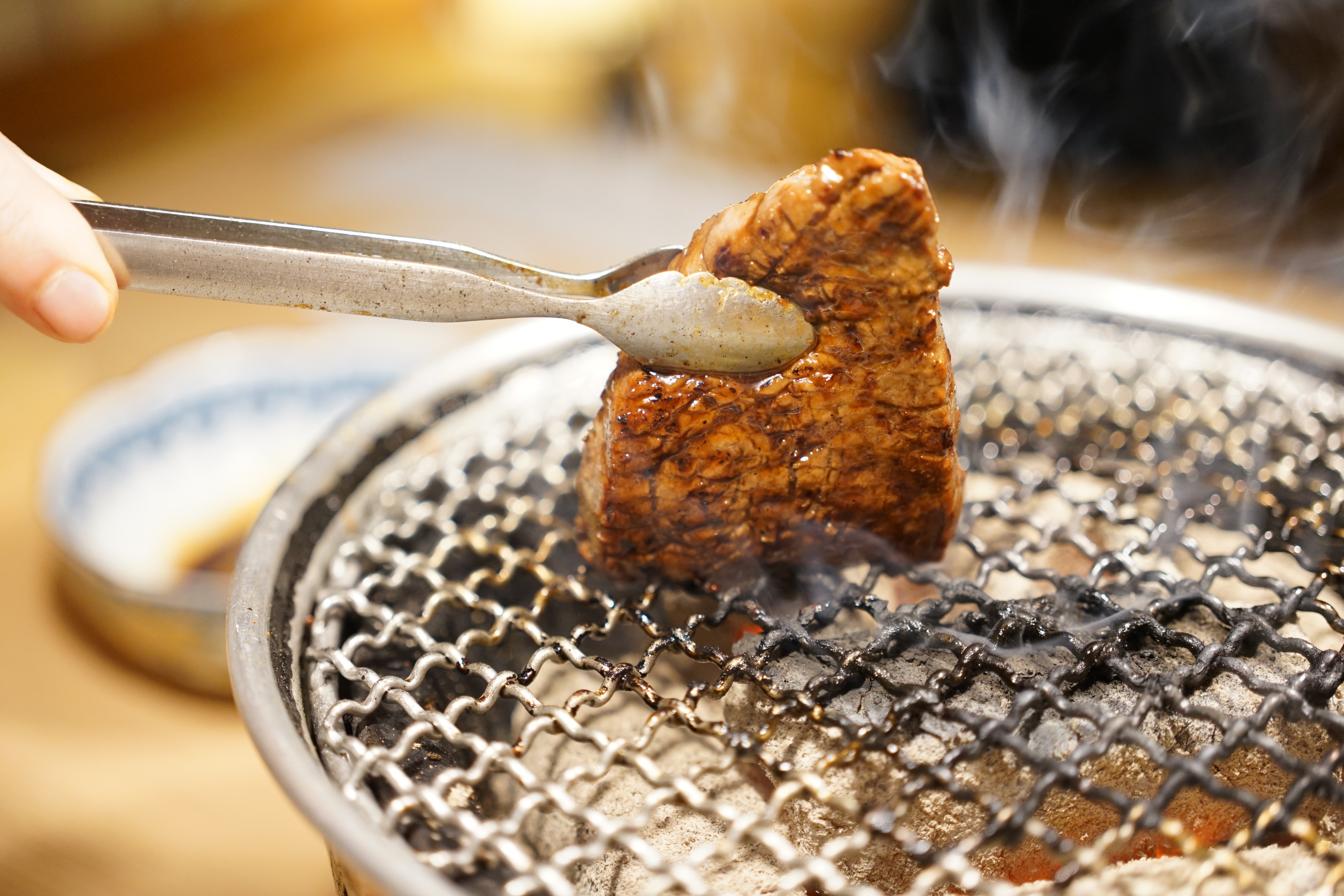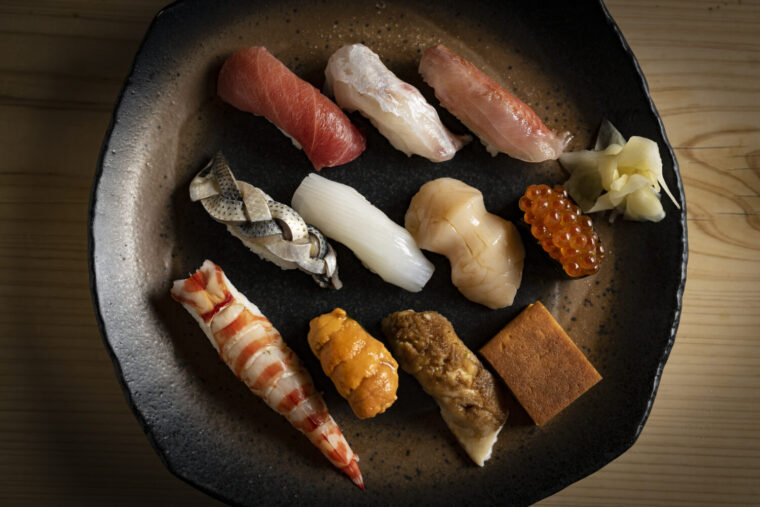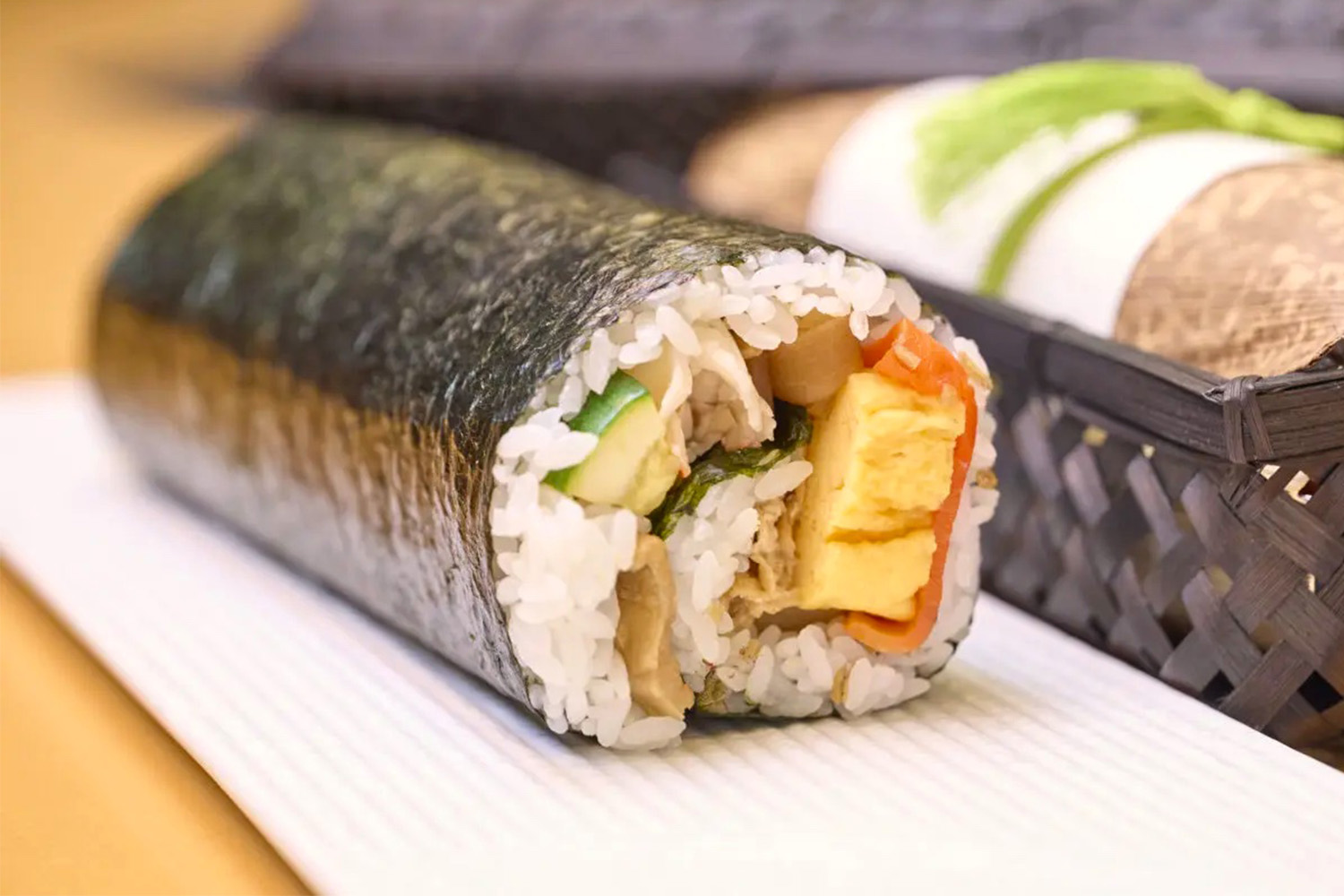
How to eat ehomaki | For 2023, face 165° south-southeast!
February 3rd is celebrated as “Setsubun”, a day which marks the division of winter and spring. Popular ways to celebrate Setsubun include a traditional scattering of beans to repel evil spirits, and eating a rolled sushi called ehomaki to wish for good health in the season to come. With Setsubun almost here, we visited Miyuki, the Japanese restaurant at Hotel Chinzanso Tokyo, for some expert advice about the smart way to eat ehomaki.
share:
Table of Contents
The tradition of eating ehomaki on Setsubun
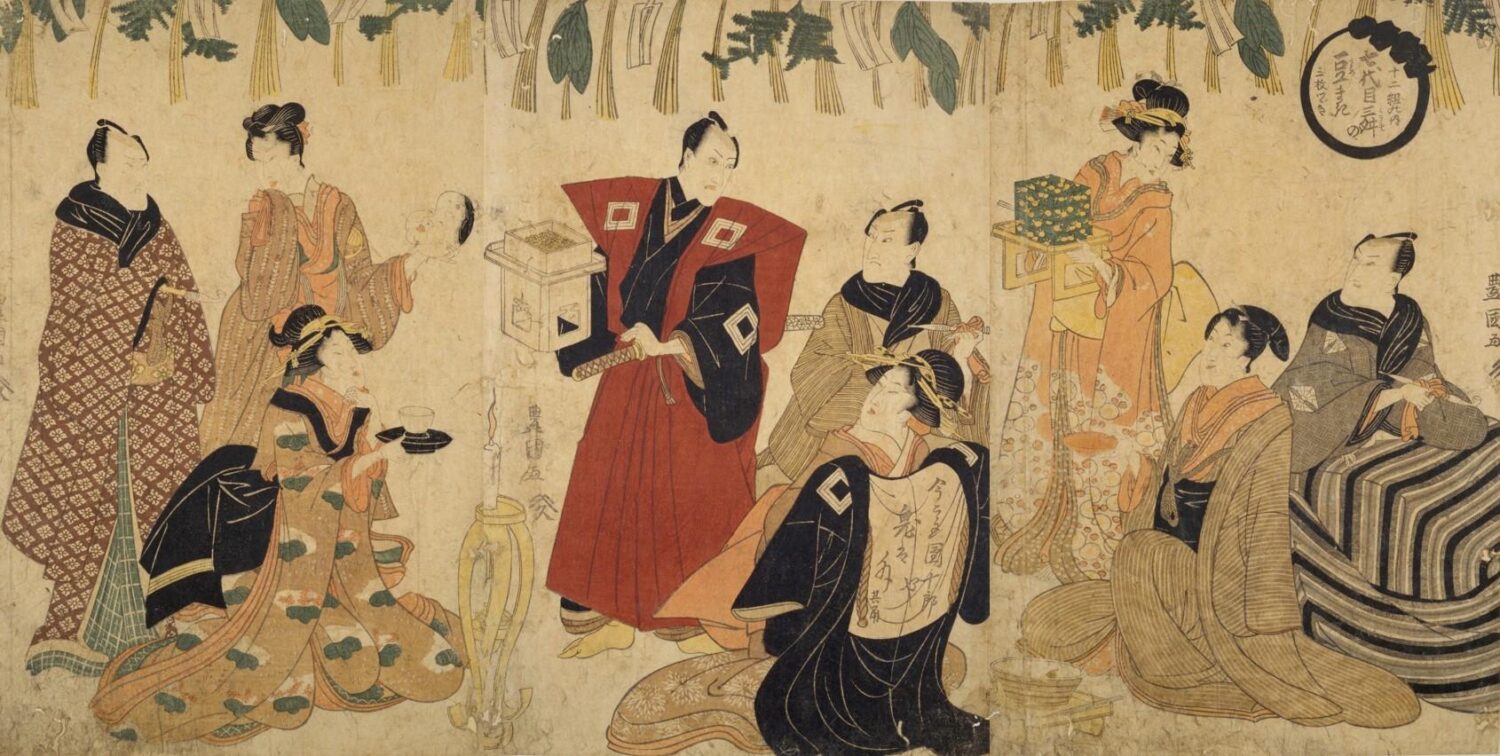
出典:十二組の内 七代目三舛の豆まき
The origin of ehomaki traces back to Osaka, from the Edo period (1603-1867) to Meji period (1868-1912). It is thought that the tradition first began when merchants and geisha ate sushi to wish for successful business. At that time, the word ehomaki was not yet used, and this style of sushi was referred to as “futomaki-zushi” (thick roll sushi) or “marukaburi-zushi” (sushi eaten all at once).
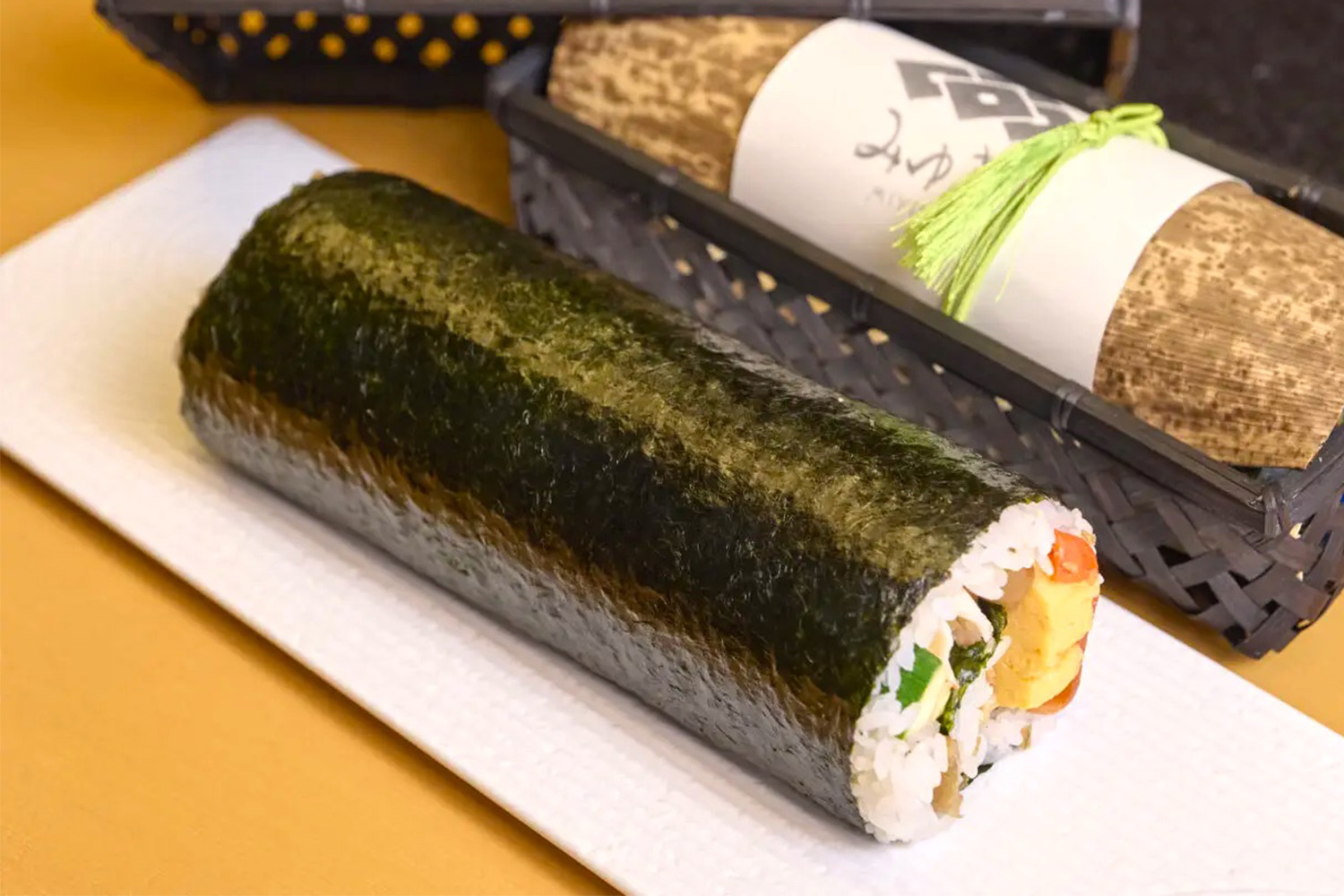
Later, this tradition spread throughout the entire Kansai region. Around 1990, when this style of sushi began to be sold at convenience stores under the name of “ehomaki” (lucky direction rolls), the tradition spread around the entire nation of Japan. In fact, the popular Japanese concept of Setsubun as a time to enjoy ehomaki has only existed for this relatively short time.
Auspicious ingredients
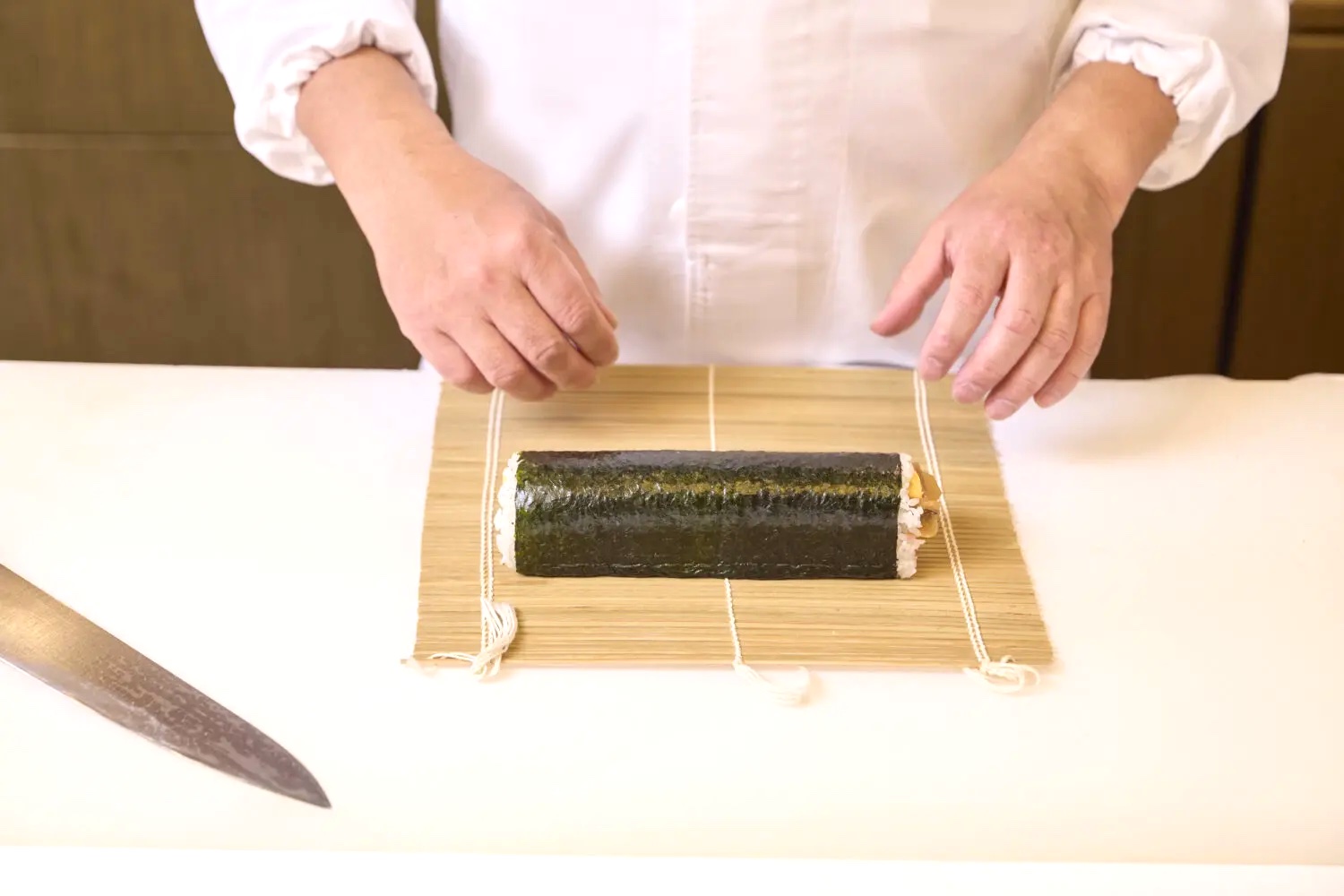
Ehomaki includes seven ingredients, said to represent the Shichifukujin (Seven Gods of Fortune). It is thought to be “good fortune rolled up into a food”. Recently, we often see interesting variations of ehomaki, which include ingredients to appeal to people of all ages.
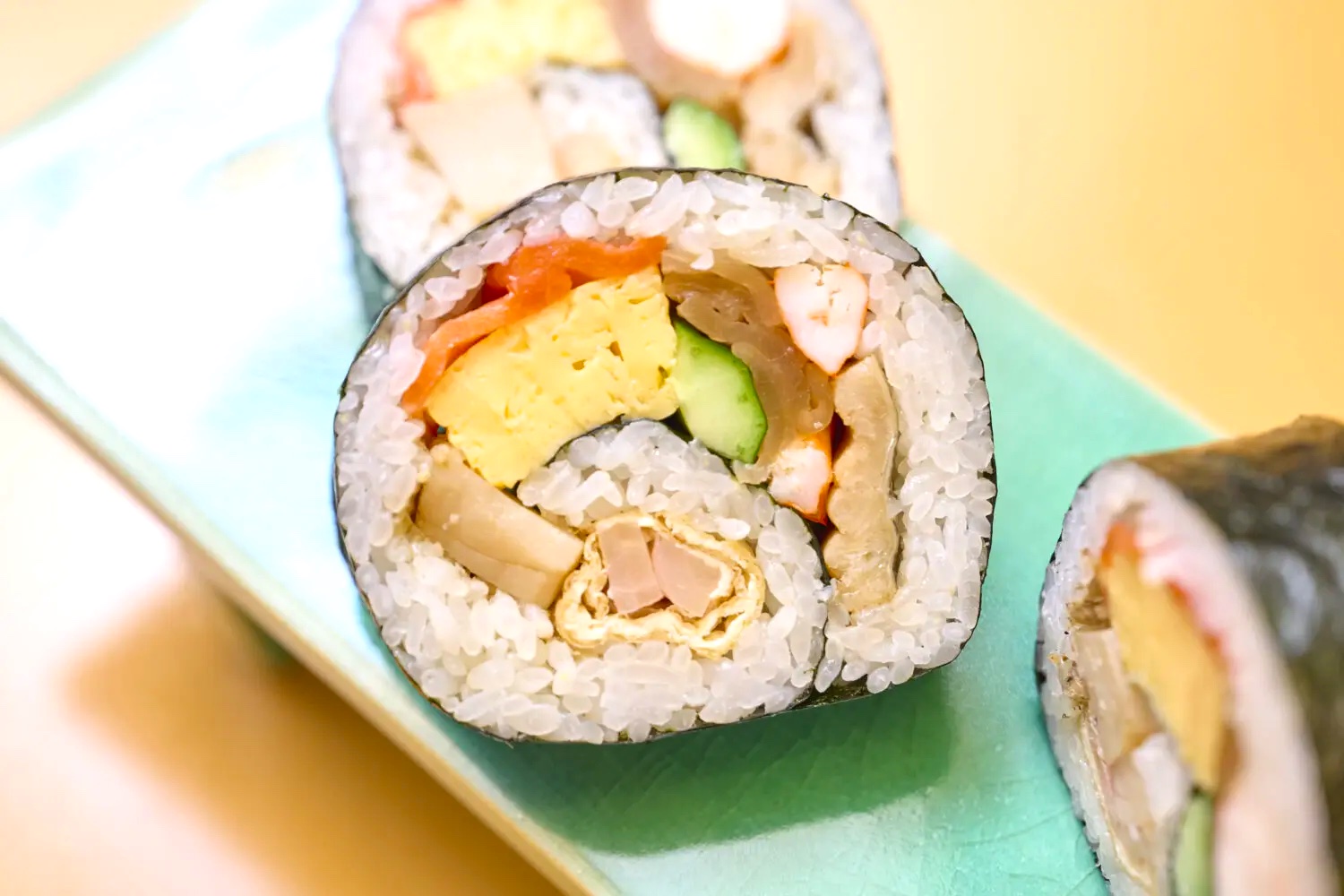
For this year, the year of the Rabbit, Hotel Chinzanso Tokyo will be selling their “2023 Kinsei (denoting a product made with special care) Ehomaki”, with the wish for happy and fortunate things to come hopping in, and spread throughout the year! In hope of extra prosperity, eight ingredients have been selected: ni-anago (simmered conger eel), hotate yamato-ni (sweet simmered scallop), tenshi no ebi (angel shrimp), atsuyaki tamago (thick omelet), zucchini, kanpyo (dried gourd), oage (fried tofu) with ginger, and smoked salmon. To give the nori seaweed its beautiful appearance, the chefs have perfected their rolling technique to create a slight swirl, resembling the hiragana character の (no). This hefty ehomaki is packed with luxurious flavors!
The smart way to eat ehomaki
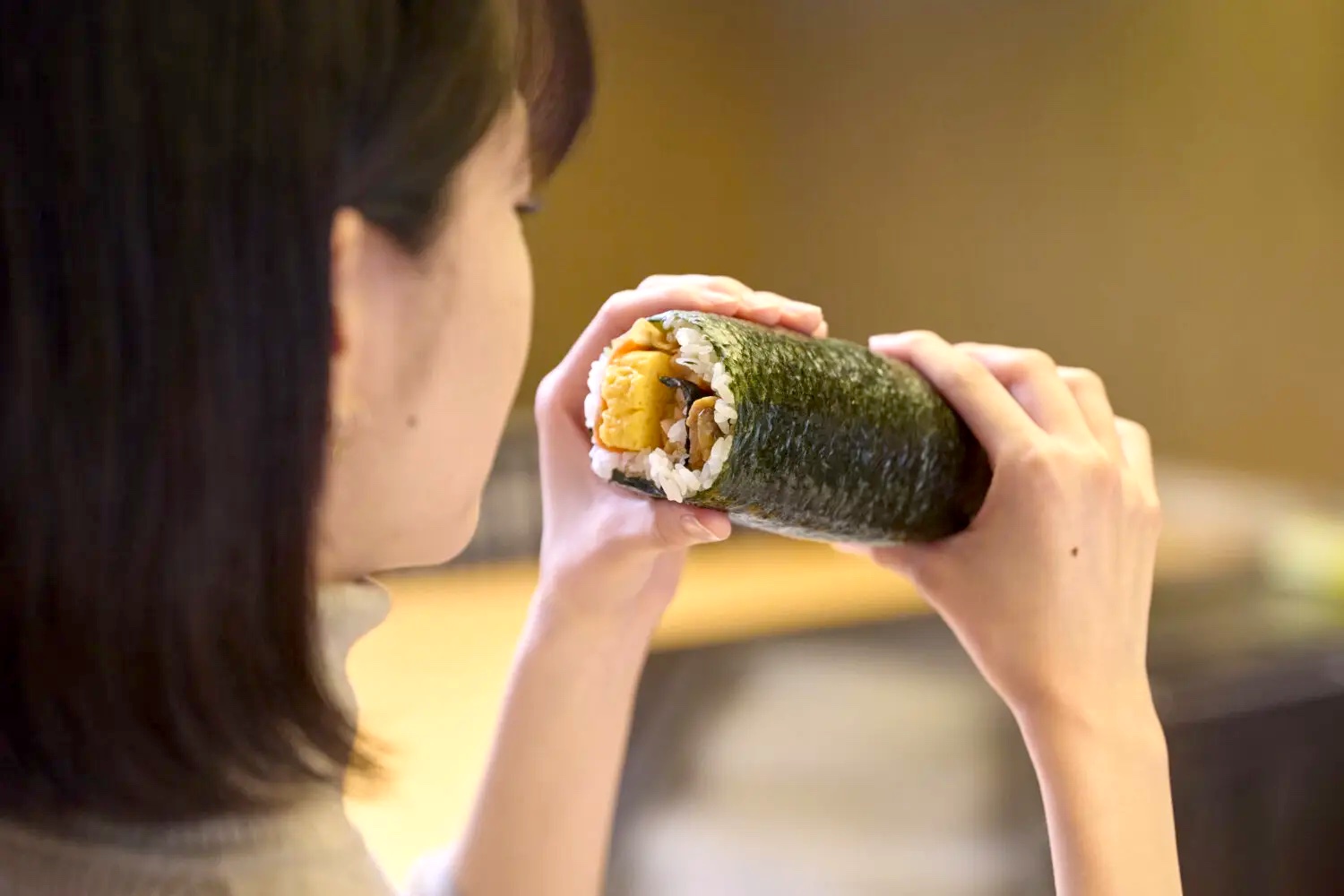
The rules for eating ehomaki are to face the eho (lucky direction), and eat the entire roll without saying a word. The lucky direction is said to point to the kami-sama (gods). There are only four lucky directions: east-northeast, west-southwest, south-southeast, and north-northwest. The direction for each year is set according to the jikkan (Chinese zodiac). The idea that ehomaki should be eaten without cutting represents the wish to not cut off relationships.

It’s said that the thicker an ehomaki is, the more fortune it will bring, and every new year brings even thicker ehomaki to store shelves. While the basic style is to eat an entire ehomaki all at once and without cutting, there is also the concept of sharing good fortune by splitting ehomaki with family or friends.
This year, face south-southeast!
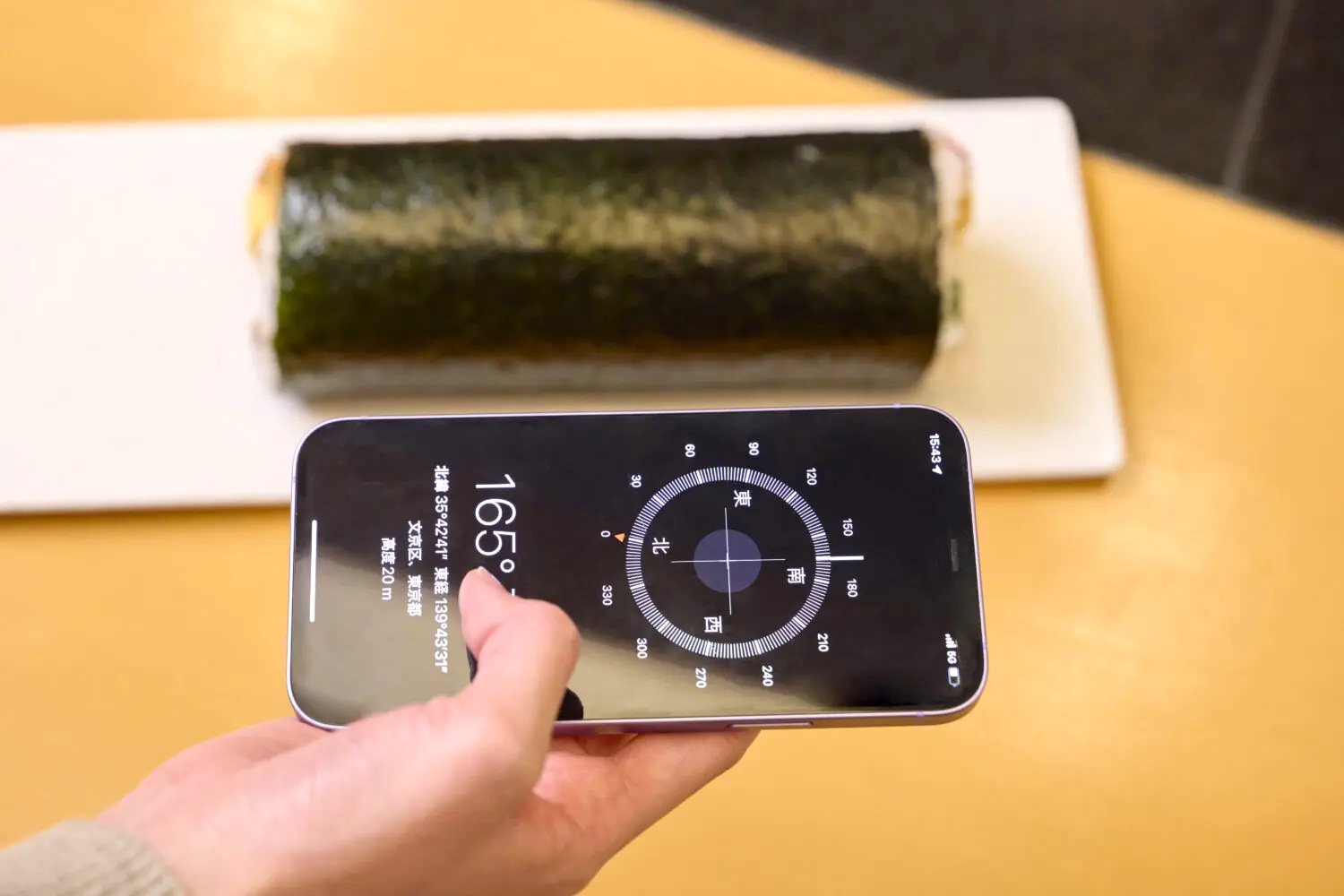
2023’s lucky direction is south-southeast. If you use the compass function on a smartphone, with north at 0°, the lucky direction will lie at 165°.
Each aspect of ehomaki, from the ingredients to the way it is eaten, represents good fortune. Let some luck into your year to come with an ehomaki!
Miyuki serves Japanese cuisine over breathtaking views of traditional Japanese gardens, with beauty that changes together with the seasons. This spacious and harmonious restaurant provides the perfect ambiance to appreciate the seasonality of ingredients in artfully prepared dishes.
*The information is based on the time of reporting or creation, and may differ from the current situation.
share:










